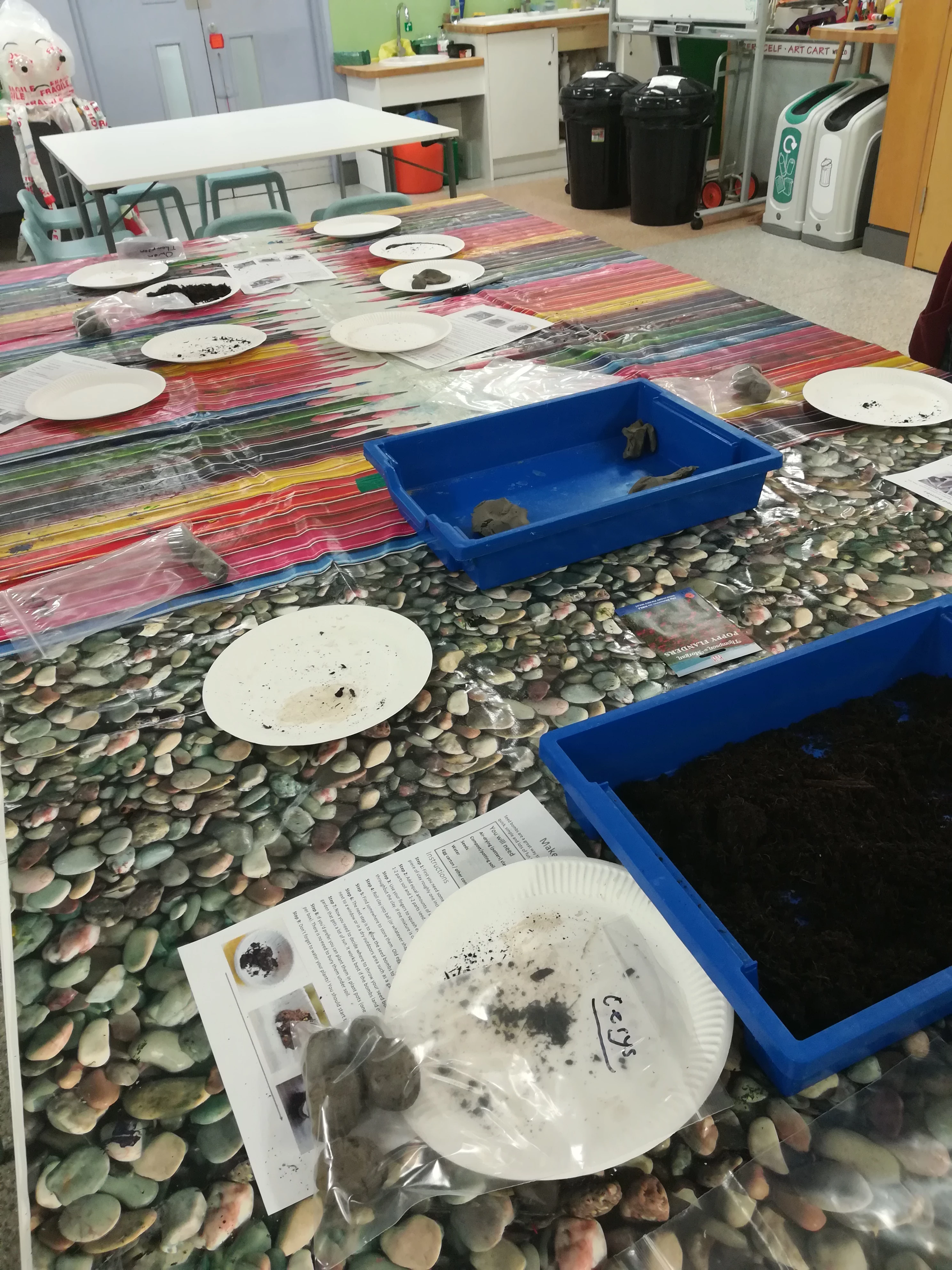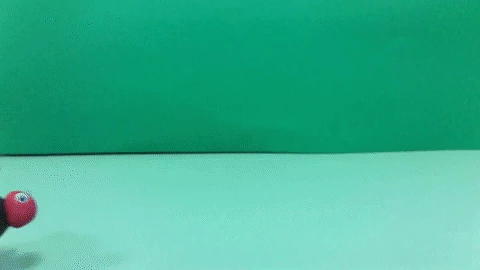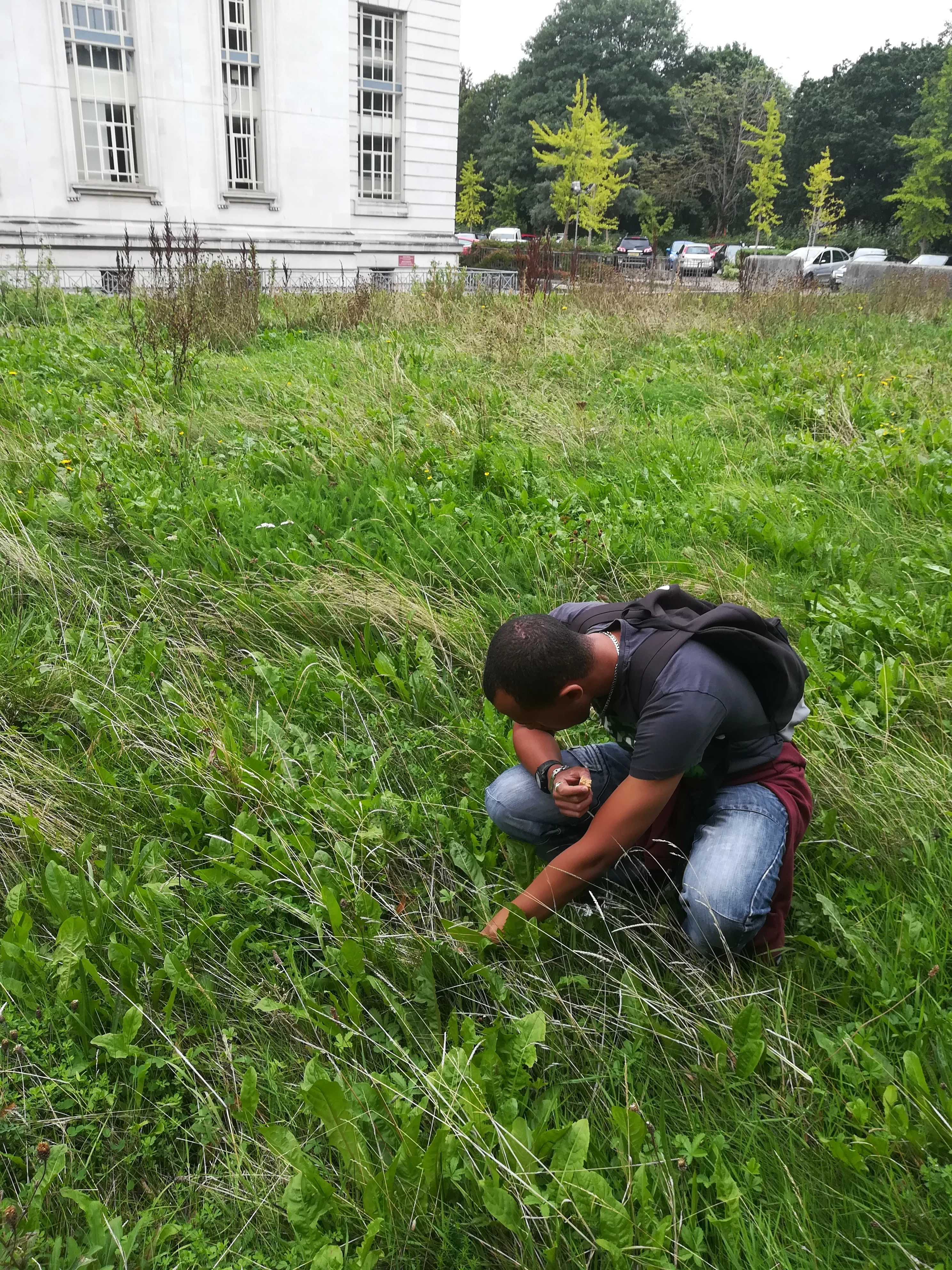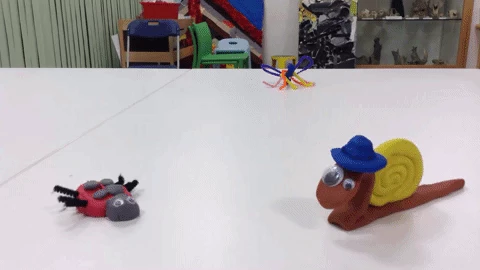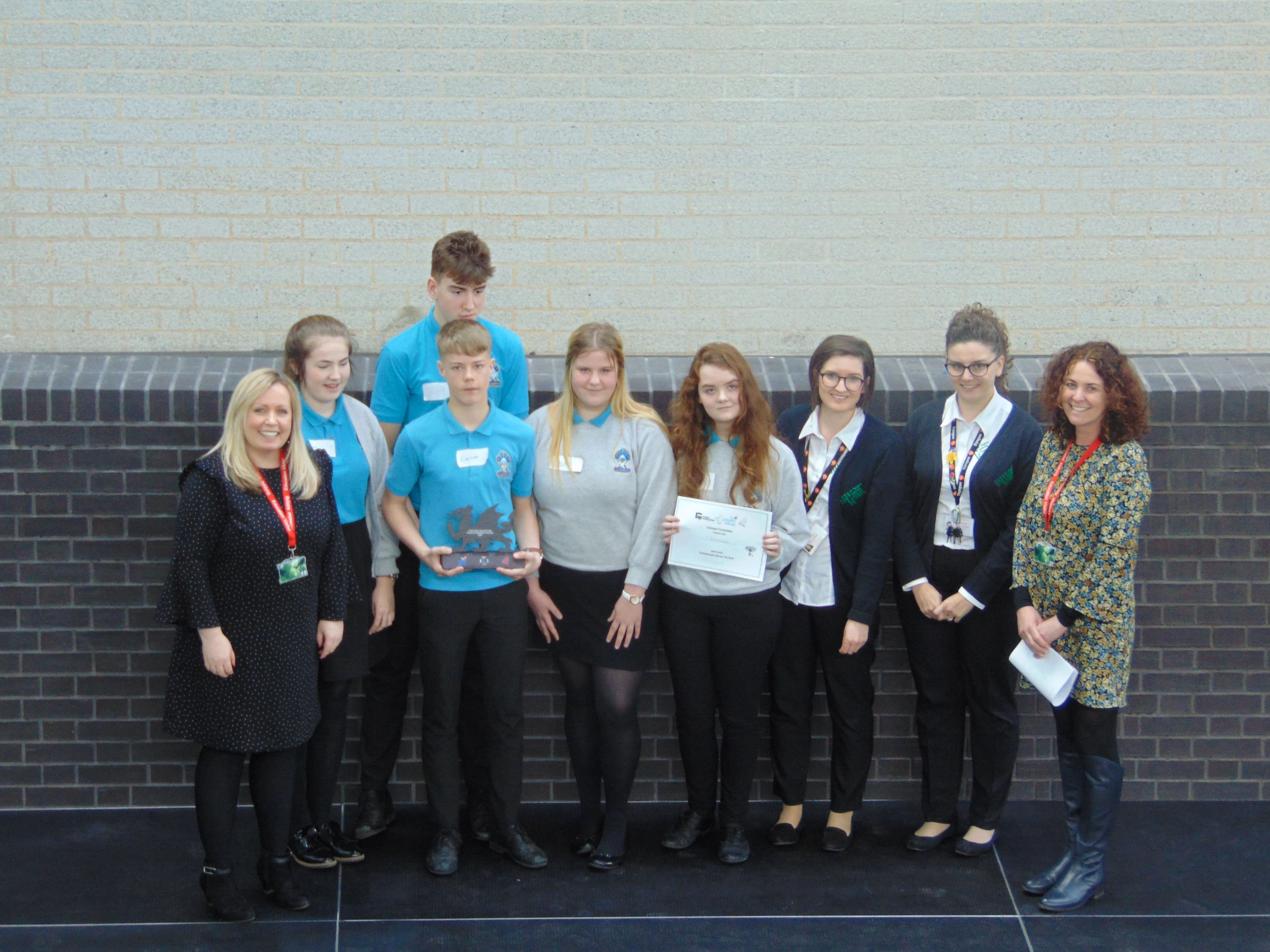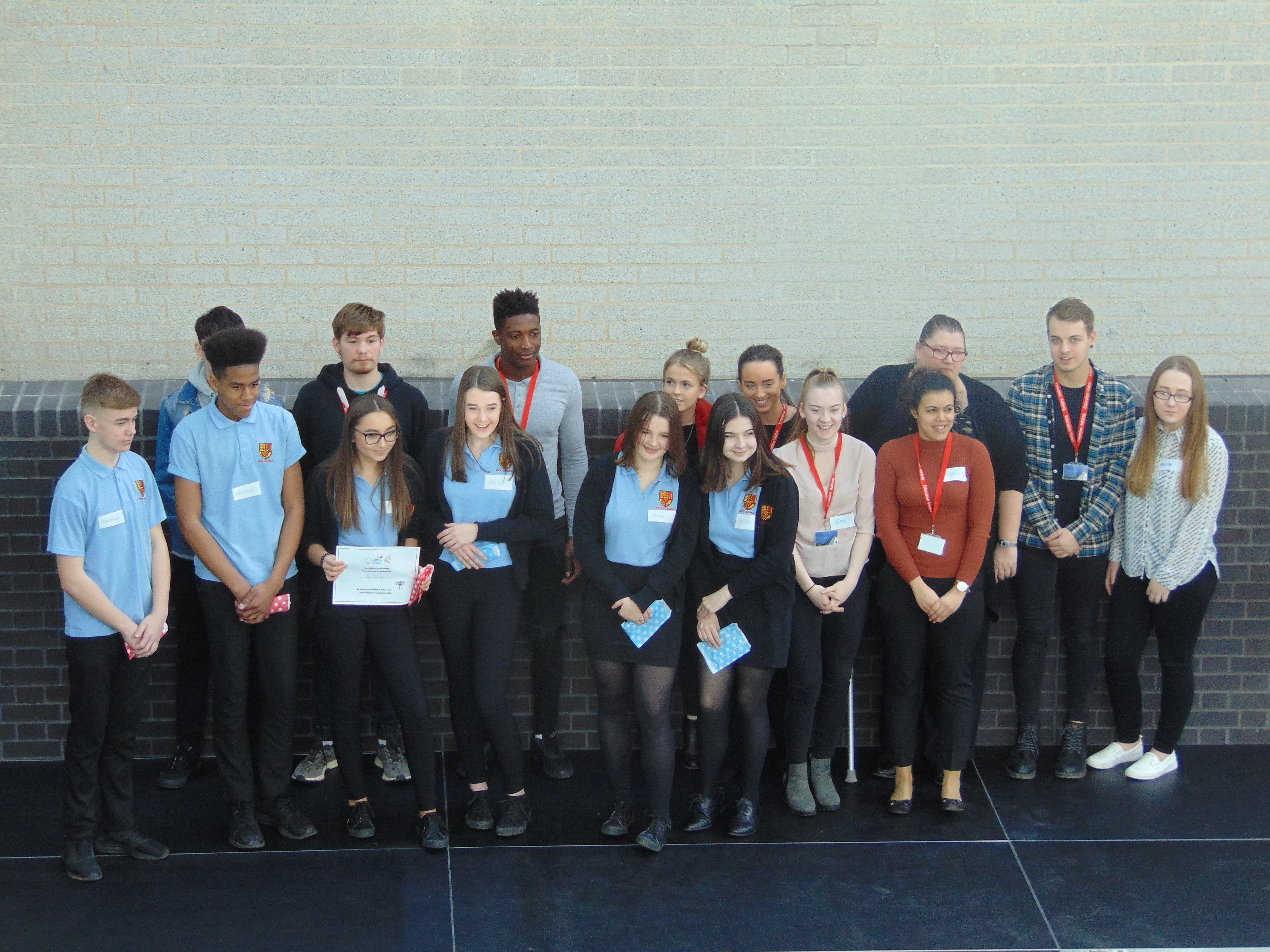Urban Meadow Activities with Greening Our City
, 31 August 2018
We recently welcomed a group from Greening Our City, an environmental conservation project by Innovate Trust and National Resources Wales. They visited National Museum Cardiff to take part in activities linked to the Museum’s Urban Meadow—a wildlife haven we created on the east side of the building.
In the morning session we used clay, soil and poppy seeds to make seed bombs. These can be thrown onto disturbed earth in a garden or even just placed in a plant pot, and will eventually produce beautiful red poppies. The flowers will not only look nice, but also provide a vital food source for pollinators such as bees and butterflies.
We then ventured out onto the Urban Meadow to see what wildlife we could spot. At first, everything seemed quiet, but it wasn’t long before we started to find lots of different minibeasts. In a period of just 20 minutes we saw spiders, snails, bumblebees, wasps, grasshoppers, crane flies and two species of ladybird!
| |
After a break for lunch, we gathered in the Clore Learning Space for our second workshop. Inspired by our morning session, we made models of insects and other invertebrates using colourful modelling clay. The group created spiders, snails, caterpillars, ladybirds and more.
We then split into two groups and used iPads to make stop-motion animations. Great patience is needed to make this kind of animation, as every second of finished film requires around ten still photographs.
You can watch the finished products below. In one, a spider, a ladybird and an ant meet up and take a selfie, while the other tells the dramatic tale of an invertebrate dance! I think you'll agree the group did a brilliant job directing their animations.
The Dance Friends
Once that was complete, there was just enough time for the group to complete our summer trail. This quiz takes visitors on a journey around the museum to answer questions based on our new exhibition, Poppies For Remembrance.
If you are a community group and would like to take part in similar activities, please get in touch on (029) 2057 3240.
If you would like to know more about our Urban Meadow, download the free learning resource from our Learning pages.
